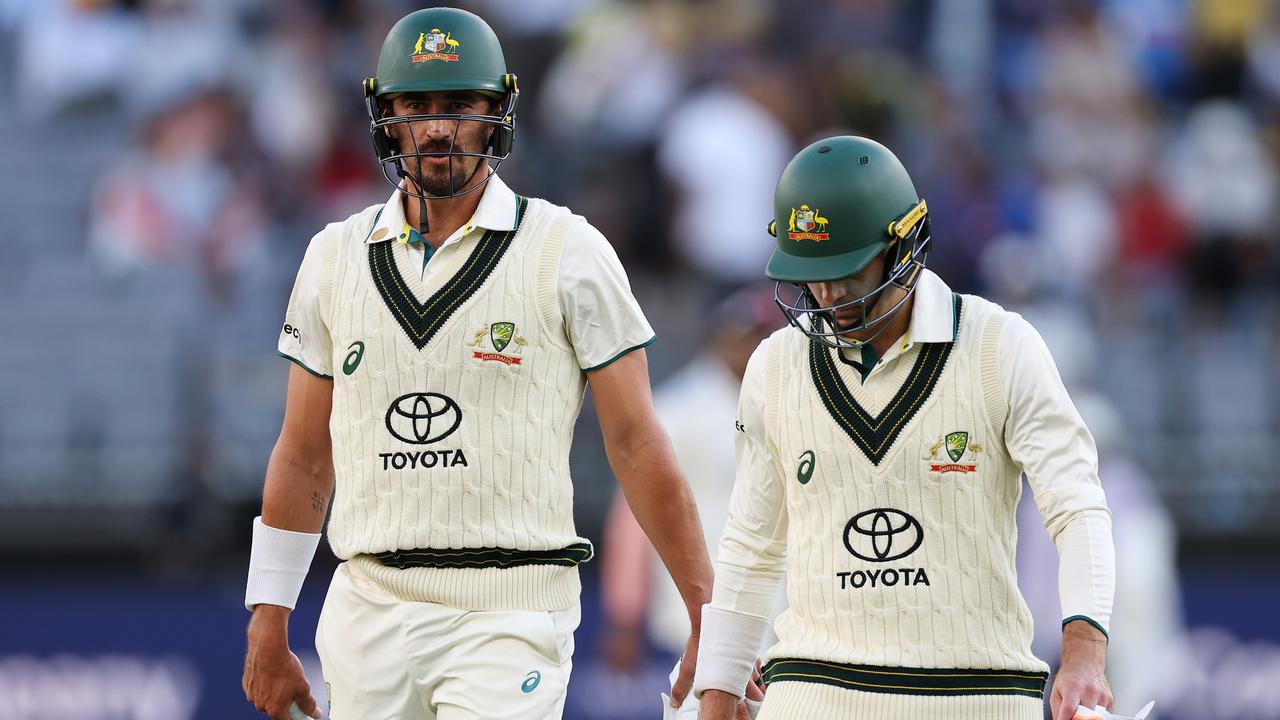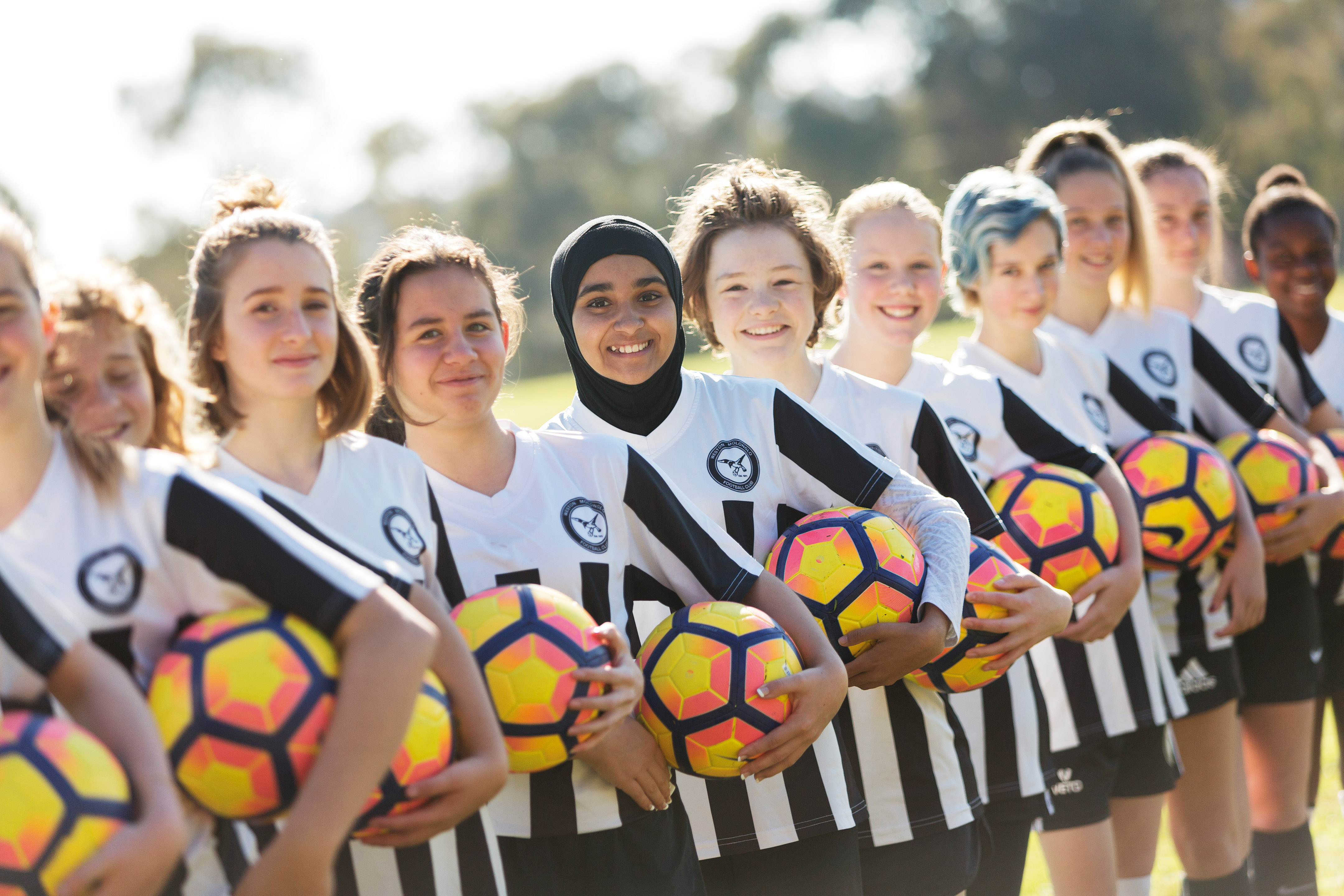Sending Australian team to Paris Olympics will cost $25M+

- by Admin
- April 17, 2024
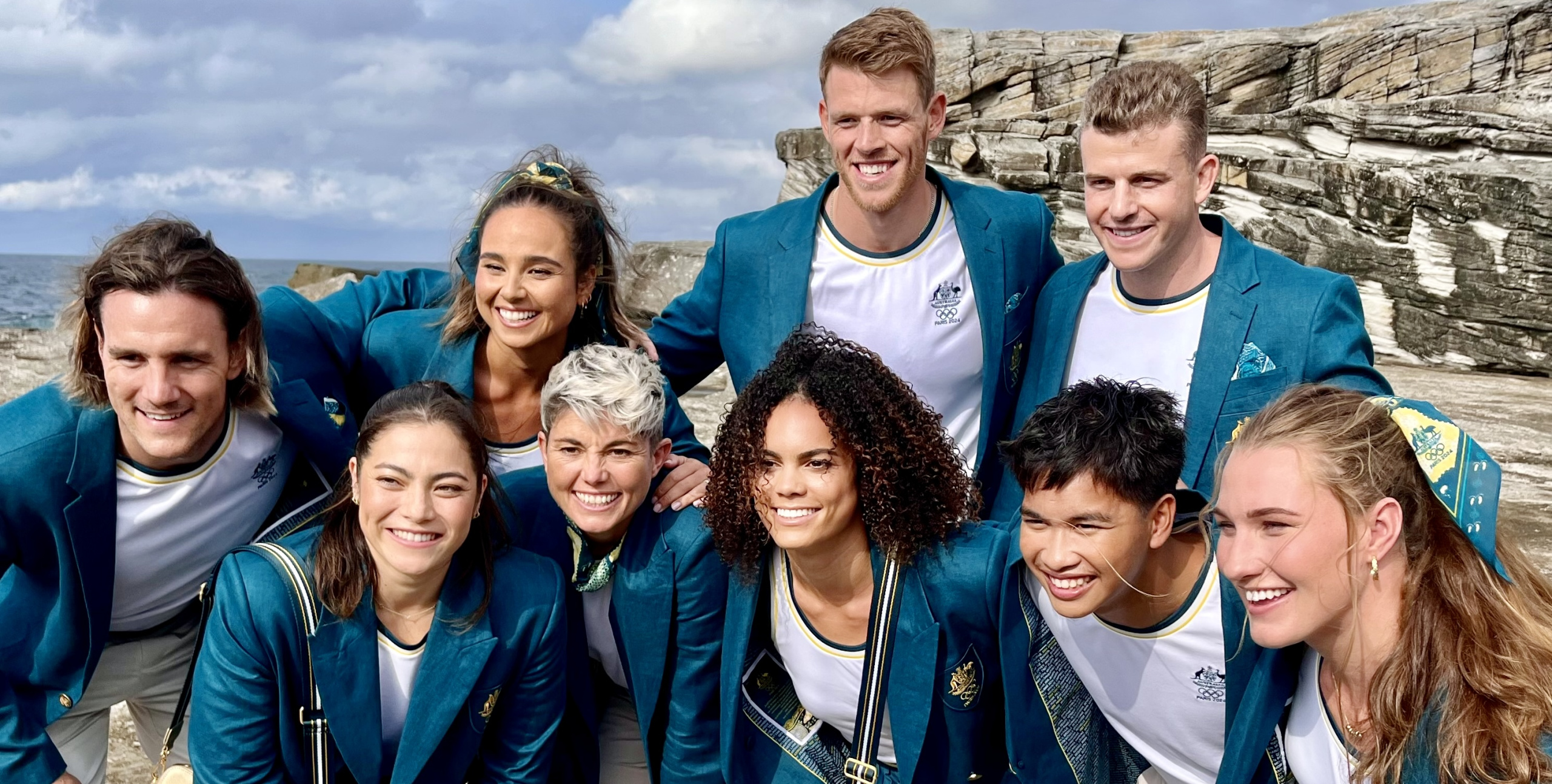
Olympic track and field gold medallists in Paris will win $A75,000 but Senior Correspondent Mike Osborne reveals that prizemoney is a fraction of what Australian Olympic officials earn each year.
The top three executives at the Australian Olympic Committee earned a combined $1.05 million in 2023, more than 4.0 per cent of the $25 million cost of sending the national team to the Paris 2024 Games.
Their combined salaries, while slightly down on previous years, are 14 times the $75,000 amount that Olympic gold medal hopes in the track and field such as Australia’s indoor world high jump champion Nicola Olyslagers can earn in Paris.
AOC chief executive Matt Carroll’s total remuneration in 2023 was a touch under $650,000, president Ian Chesterman earned just over $300,000 in his first full year in the job, while executive member and former long-time AOC president John Coates banked $100,000. All other 11 members of the AOC executive serve on an honorary basis, according to the organisation’s annual report for calendar 2023. Salaries for other senior staff were not disclosed.
Meanwhile the Australian Sports Commission, the Federal Government body which also funds Olympic sports, paid its key management team of 11 a combined $1.45 million in 2022/23. According to the ASC annual report the CEO and former Olympic swimming champion Kieren Perkins was paid a total $573,793.
Olympic athletes do not get paid to compete, but World Athletics announced earlier this month it would become the first sport to offer prize money at the Games, with gold medallists in Paris to receive $US50,000 ($A75,000). Other disciplines are sure to follow the lead of the Olympic movement’s most prominent sport.
Unlike the government sponsored ASC, the AOC is independently funded through sponsorships, team appeals, grants, and distributions from the Australian Olympic Foundation (AOF).
While no government money went directly to the AOC, Chesterman thanked the federal government for an extra $20 million funding to Olympic sports to help cover the “spiralling costs of getting athletes to Paris 2024 qualifying events around the world”.
“We are on track for one of our largest away teams ever,” he said in the annual report. It also showed the cost of sending an Australian team of more than 460 athletes and 310 officials to Paris was expected to be surpass $25 million.
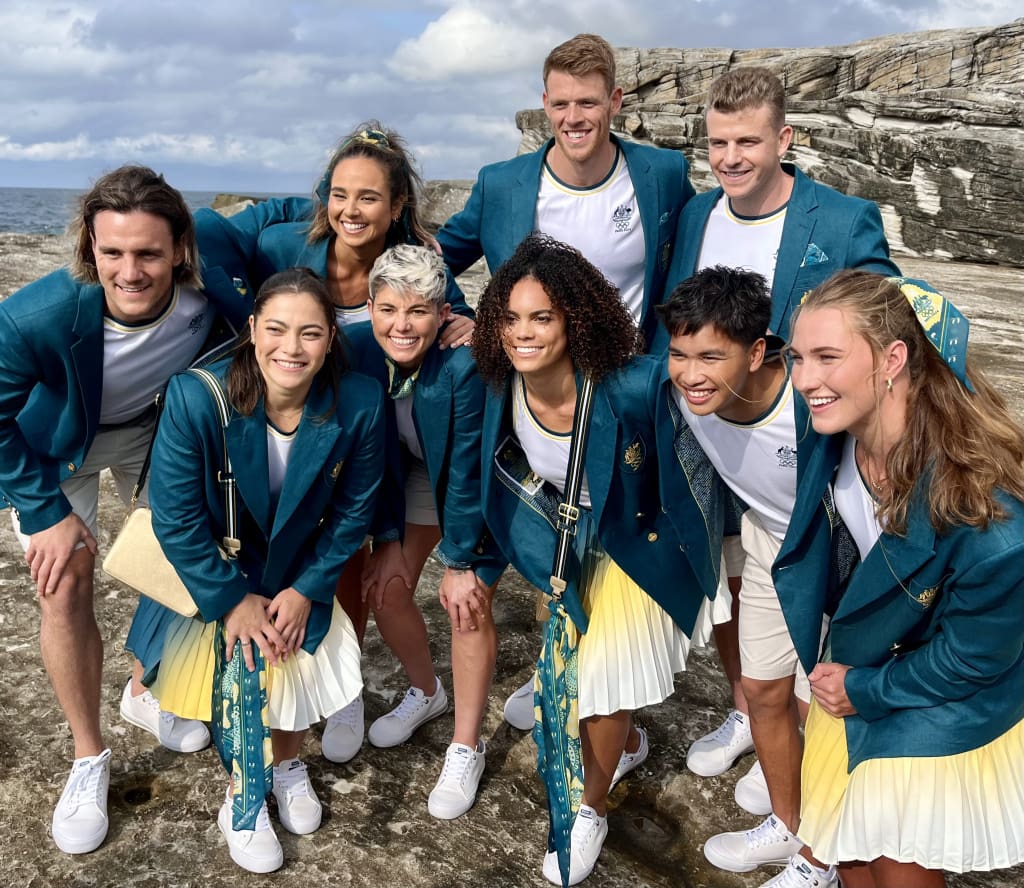

“In fundraising, we are very grateful for the ongoing support of the NSW and Queensland State governments which between them contributed $1.5 million towards our Paris 2024 Team Appeal program,” Chesterman said.
“Our thanks also to the Victorian, WA and ACT Governments after fruitful discussions on their planned contributions in 2024.”
The bulk of the AOC funding comes from commercial partnerships with sponsorships rising by $3 million thanks to a number of “new deals” the AOC said it hoped would extend beyond Paris.
The next biggest contributor to the AOC is the AOF which was created after the Sydney 2000 Olympics with capital of $88.5 million.
Since then the AOF’s assets have grown to $179.9 million by the end of 2023, while also providing $150.7 million in funding to the AOC.
“The Australian Olympic Foundation delivered a lower return for the year at $6.8 million, amid overall market volatility and lower returns from the managed funds,” CEO Carroll said in the annual report.
Overall the AOC recorded a surplus of $4 million in 2023 which will go towards covering future deficits in the four-year or quadrennial Olympiad funding cycle.
Chesterman said the AOC currently had a $14.6 million surplus which would help fund the deficit in the 2024 year caused by costs associated with the Paris Games.
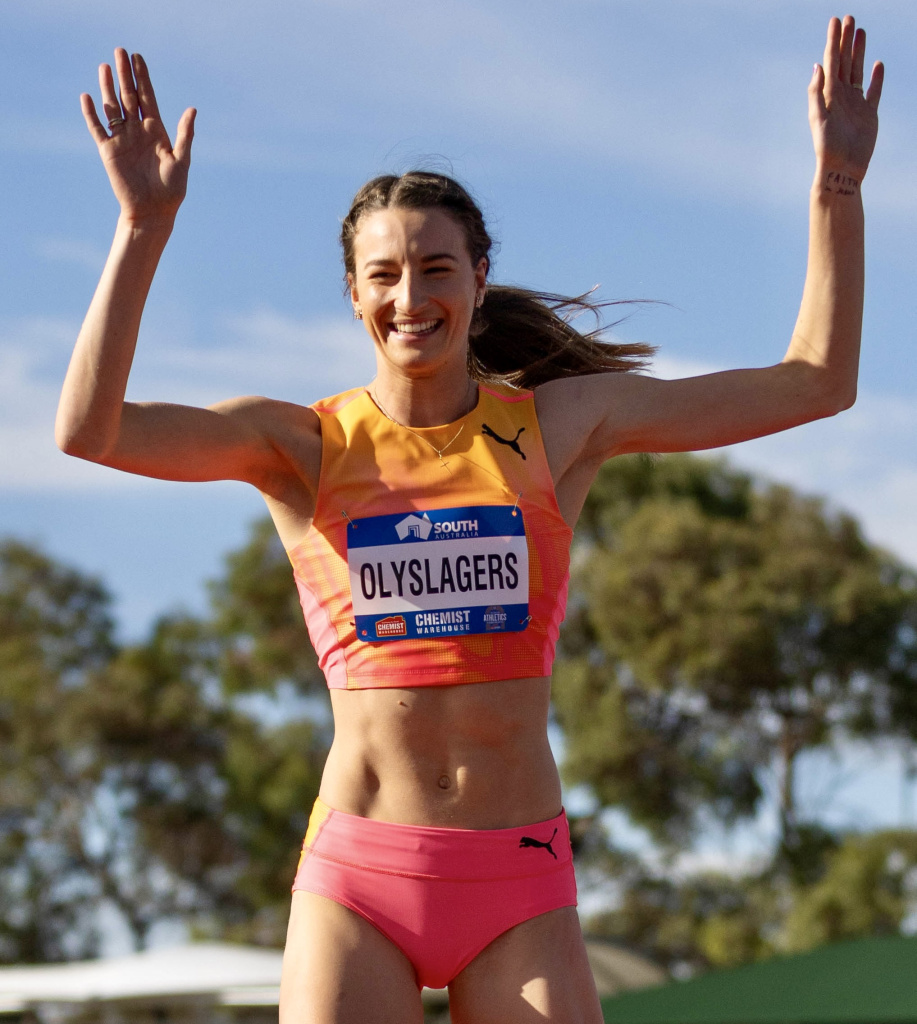

“For this current quadrennial ending December 2024, an overall deficit is likely to be recorded because of the effect of the deferred Tokyo Games in 2021, meaning there are two Summer and one Winter Olympic Games in this cycle,” he said. “This deficit will be funded from retained surpluses.”
The AOC’s December 2024 four-year Olympiad spending is forecast to be $142.3 million, of which the various Games will cost $41.6 million.
Other spending is almost $25 million for athletes and national federations, about $10 million for community engagement and nearly $66 million in running costs.
The four-year revenue budget of $135.4 million includes $73 million in sponsorships, $35.6 million from the AOF, $14.8 million from grants and more than $10 million in fundraising.
NOTE: The AOC states it received some Federal Government subsidies during the COVID pandemic for JobKeeper payments and quarantine costs. It also received funding in 2021 for managing the Pacific Athletes Program in Oceania on behalf of the Foreign Affairs Department.
Michael Osborne has been a journalist for more than four decades including 35 years with the national news agency Australian Associated Press, rising from junior reporter to Editor.
He was AAP Editor for 11 years and served four years as Head of Sport and Racing. He was also posted to London and Beijing as AAP’s Bureau Chief and Foreign Correspondent.
He has worked at six Olympics and five Commonwealth Games, covered tennis grand slams, golf majors, international cricket, rugby world cups and numerous sporting world championships. He also co-ordinated and managed AAP’s teams and coverage at three Olympic Games in Athens 2004, Beijing 2008 and London 2012.
The Latest News
-
November 23, 2024Smith fires, Herbert in LIV mode as Aussie PGA heats up
-
November 23, 2024‘My story’s still not done’: Joel Dahmen drains ticklish putt to make cut at RSM, keeps hopes alive of retaining tour card – Australian Golf Digest
-
November 23, 2024Australian PGA 2024: LIV Golf’s 54-hole starts good prep for rain-shortened event, says Herbert – Australian Golf Digest
-
November 23, 2024Australia v India: first men’s Test, day two – live
-
November 23, 2024Live Test updates: Indian speedsters continue rout of Australia as Bumrah takes five

